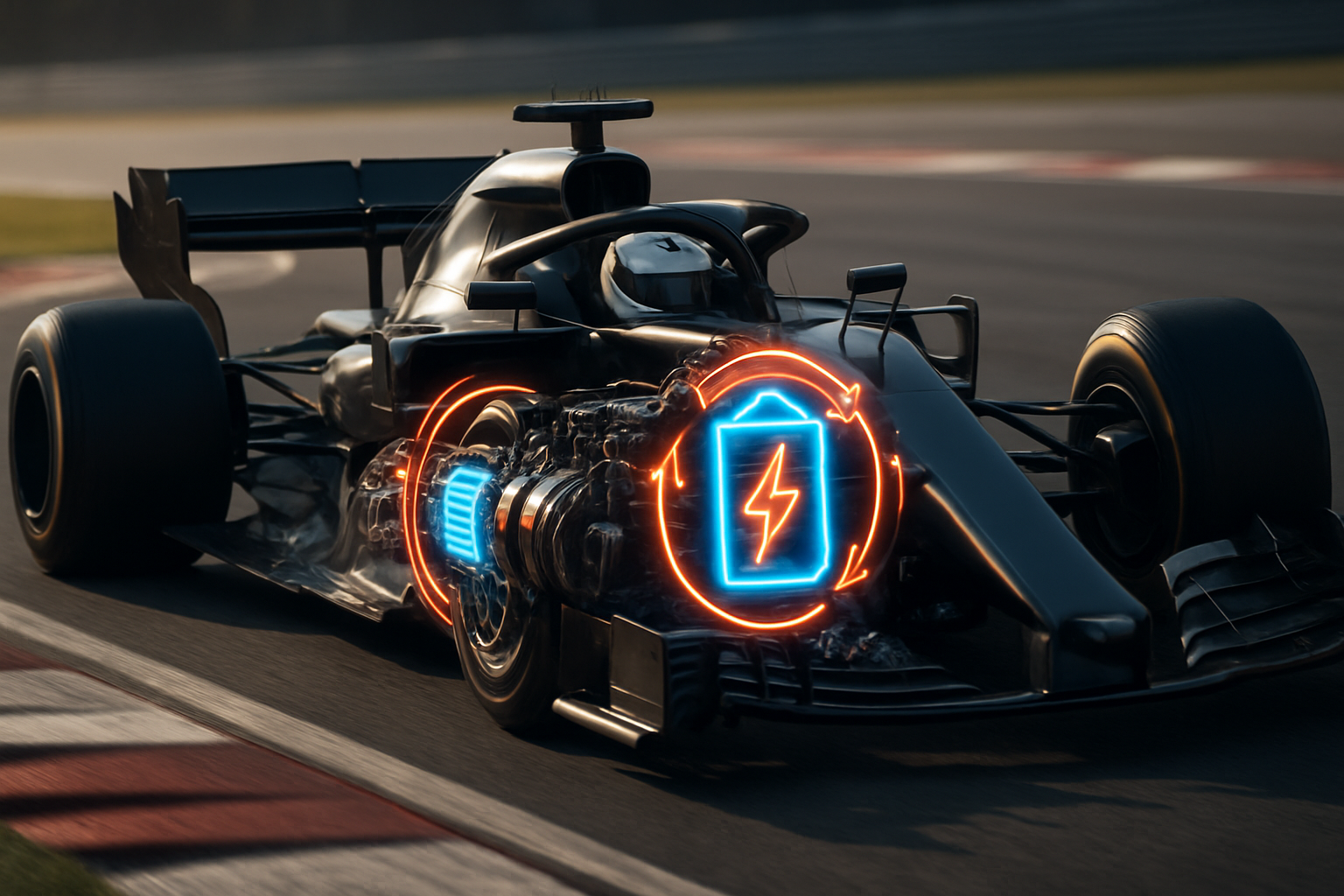Kinetic Energy Recovery Systems: The Hidden Power in Modern Racing
Unleashing untapped energy in motorsports, Kinetic Energy Recovery Systems (KERS) have quietly revolutionized racing dynamics. This ingenious technology transforms wasted kinetic energy into a performance boost, offering drivers a tactical advantage on the track. As we delve into the world of KERS, we'll explore its intricate workings, its impact on racing strategies, and how this innovation is shaping the future of high-speed competition.

Engineers faced numerous challenges in bringing KERS to life. The system needed to be lightweight, compact, and capable of rapidly storing and releasing energy. Early prototypes struggled with issues of reliability and integration, but persistent refinement eventually yielded viable solutions. By 2009, KERS made its official debut in Formula 1, marking a new era in racing technology.
How KERS Works: Capturing Speed
At its core, KERS operates on a simple principle: convert kinetic energy into storable power. When a race car decelerates, the system captures the energy that would otherwise be lost as heat through the brakes. This energy is then stored, either mechanically in a flywheel or electrically in batteries, ready to be deployed at the driver’s command.
The mechanical KERS uses a flywheel that spins at incredibly high speeds, up to 80,000 RPM. When the driver engages the system, this stored rotational energy is transferred back to the wheels, providing a power boost. Electrical KERS, on the other hand, employs a motor-generator unit to convert kinetic energy into electrical energy, which is stored in high-capacity batteries.
Strategic Deployment: The Art of Energy Management
KERS has added a new layer of strategy to racing. Drivers must now consider not just their speed and position, but also when to store and deploy their energy boost. This additional power – typically around 80 horsepower for several seconds – can be crucial for overtaking, defending a position, or shaving precious time off a lap.
The strategic use of KERS requires a delicate balance. Drivers must decide whether to use the boost for a quick burst of speed on a straight or to distribute it more evenly throughout a lap. Teams analyze tracks meticulously, identifying optimal zones for energy recovery and deployment. This strategic element has made races more dynamic and unpredictable, much to the delight of fans.
Beyond the Track: KERS in Road Cars
The success of KERS in motorsports has sparked interest in its application to road cars. While not directly transferable due to cost and complexity, the principles behind KERS have influenced the development of regenerative braking systems in hybrid and electric vehicles. These systems, while less powerful than their racing counterparts, help improve fuel efficiency and reduce emissions in everyday driving.
Luxury and high-performance car manufacturers are exploring more direct adaptations of KERS for road use. Some have developed systems that provide a power boost similar to that experienced in racing, offering drivers a taste of Formula 1 technology in their street-legal vehicles. As the technology continues to evolve, we may see more widespread adoption of KERS-inspired systems in consumer automobiles.
The Future of KERS: Evolving Technology
As motorsports continue to push the boundaries of performance and efficiency, KERS is evolving alongside. Research is ongoing into more efficient energy storage methods, including advanced flywheel materials and next-generation battery technologies. There’s also a growing interest in integrating KERS with other innovative systems, such as active aerodynamics, to create holistic performance solutions.
The environmental aspect of KERS is gaining attention as well. As motorsports face pressure to reduce their carbon footprint, the energy-recovery principles of KERS are being explored as part of broader sustainability initiatives. This could lead to even more sophisticated energy management systems in future race cars, potentially influencing the wider automotive industry’s approach to efficiency and performance.
In conclusion, Kinetic Energy Recovery Systems represent a fascinating intersection of engineering ingenuity and racing strategy. From its origins as a novel concept to its current status as a crucial component in top-tier motorsports, KERS has transformed the way we think about energy in racing. As the technology continues to evolve, it promises to keep pushing the boundaries of what’s possible on the track and beyond, embodying the relentless spirit of innovation that drives the automotive world forward.





